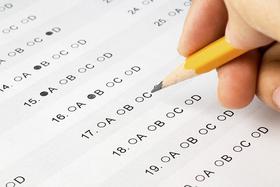Holy Saviour St John Fisher School offers a God-centered curriculum with a challenging academic program for all levels of ability.
The school creates a community with a common faith and shared values.
As a result, students receive a solid moral formation and an outstanding academic education.
We are dedicated to the ideal that “it is better to build children than to repair men and women.”.
School Overview
Religious Affiliation
Grades Offered
Grades Prekindergarten-8
Student Body
Total Students
235 students
Student Body Type
Co-ed
% Students of Color
14%
State avg.: 27%
Students by Grade

Academics and Faculty
Total Classroom Teachers
11 teachers
Student-Teacher Ratio
21:1
National avg.:
Tuition and Acceptance Rate
Admission Deadline
None / Rolling
Source: National Center for Education Statistics (NCES)
Frequently Asked Questions
When is the application deadline for Holy Saviour St. John Fisher School?
The application deadline for Holy Saviour St. John Fisher School is rolling (applications are reviewed as they are received year-round).
Recent Articles

Student Success Predictors at Community Colleges
A practical guide to student success predictors at community colleges for private school advisors helping graduates navigate two-year pathways.

Career Pathways with Community College for ІЭБсЙзЗш School Grads
Explore top career pathways with community college for private school graduates, including high-demand jobs, transfer options, and 2025 workforce trends.

Navigating the FAFSA & Financial Aid Timeline for Community College
Learn how to navigate FAFSA and financial aid timelines when starting at community college — from application to disbursement in 2025.





